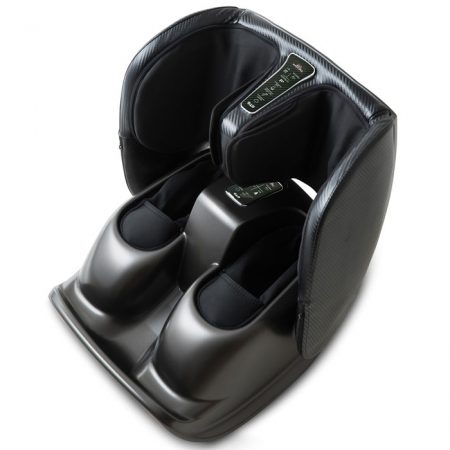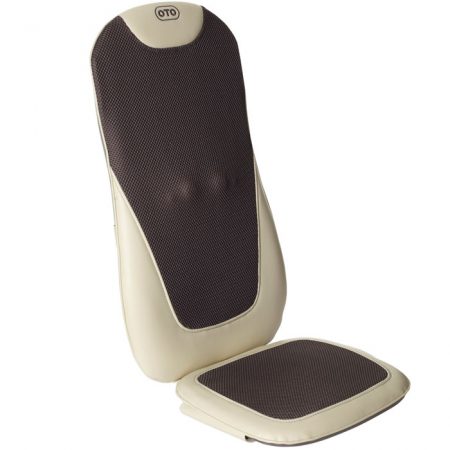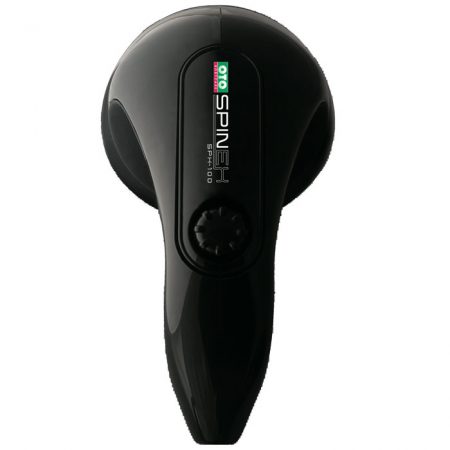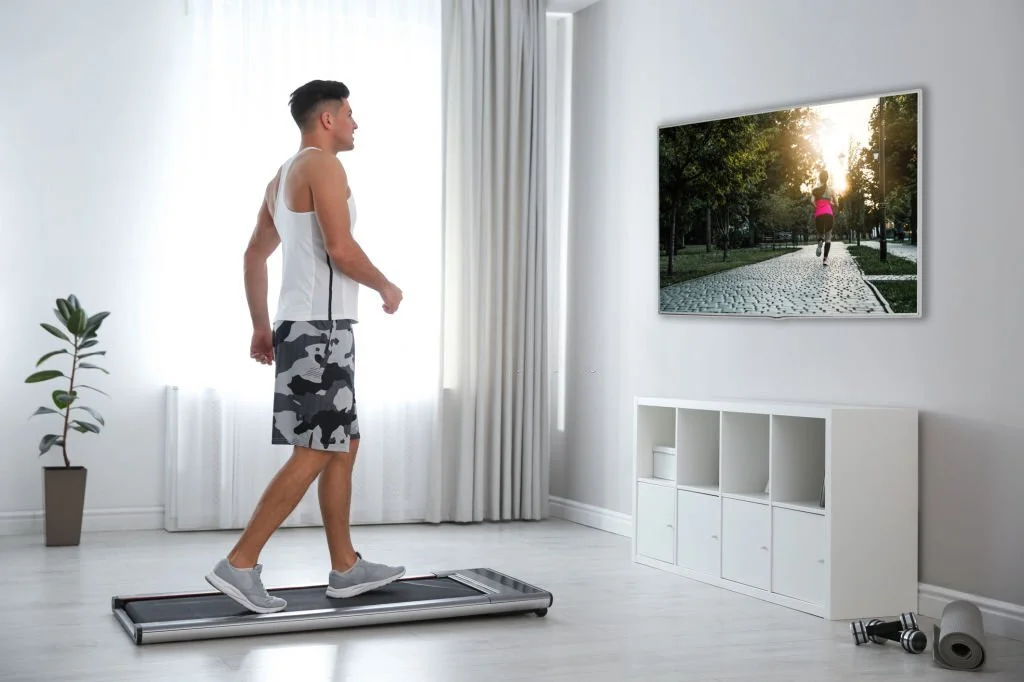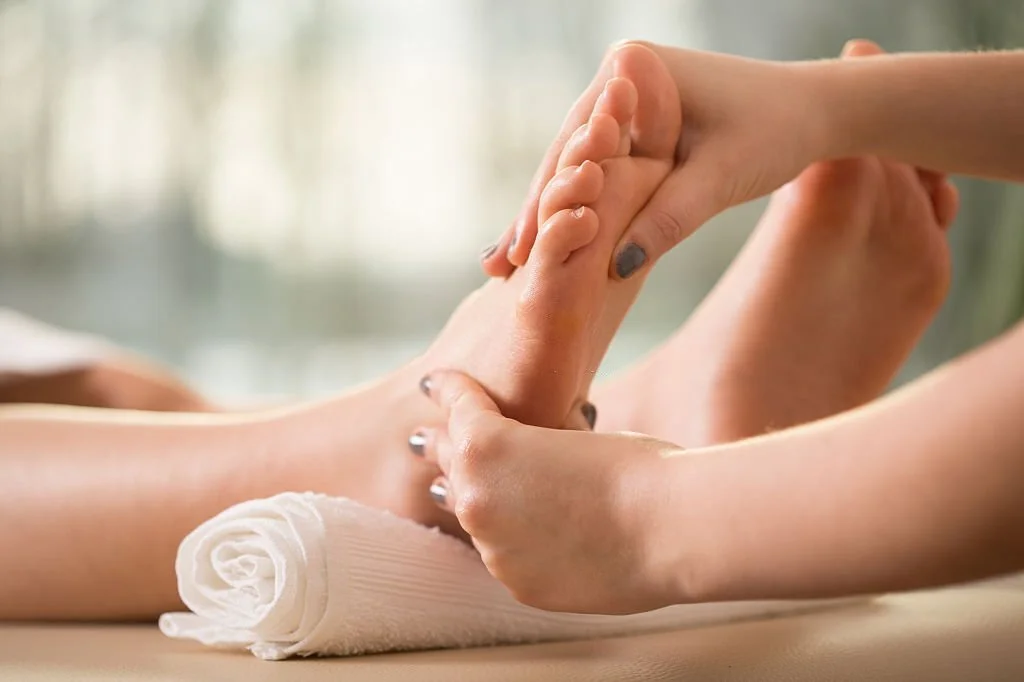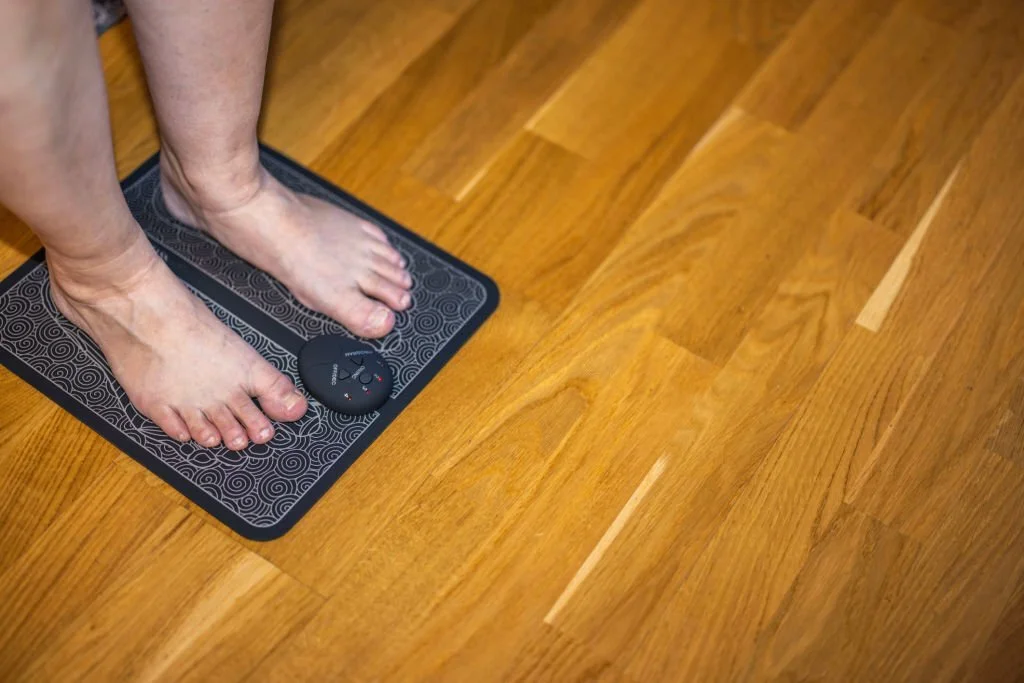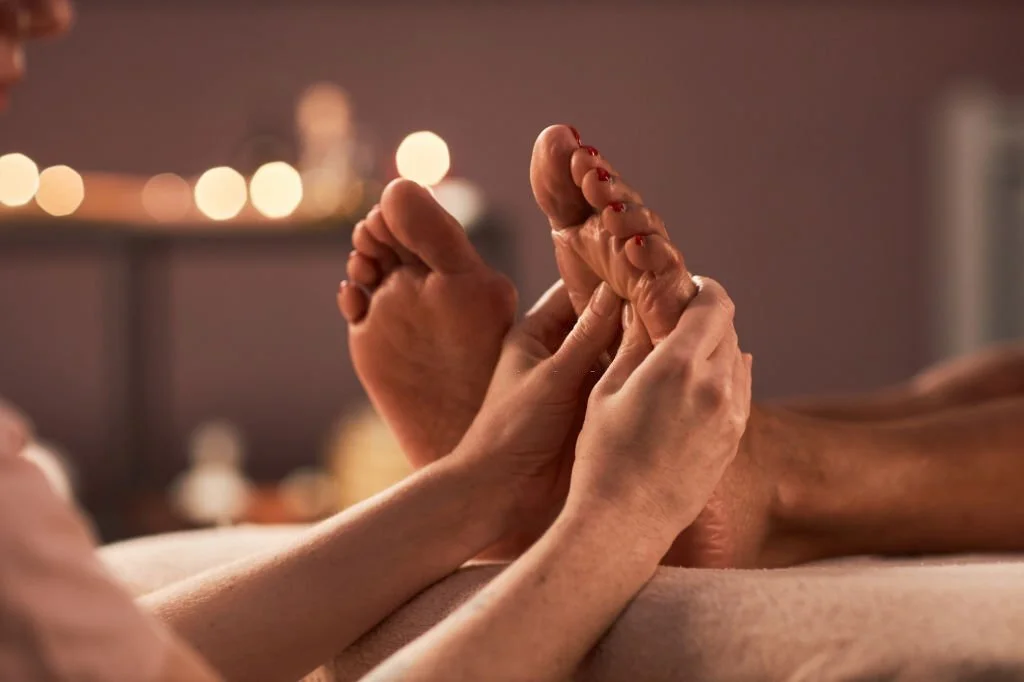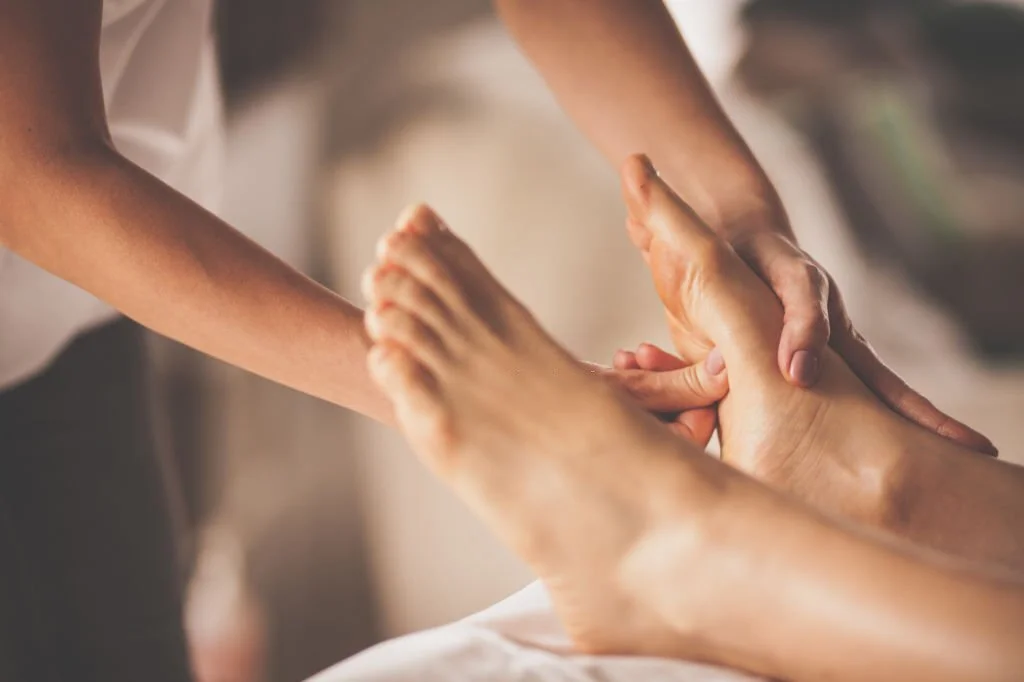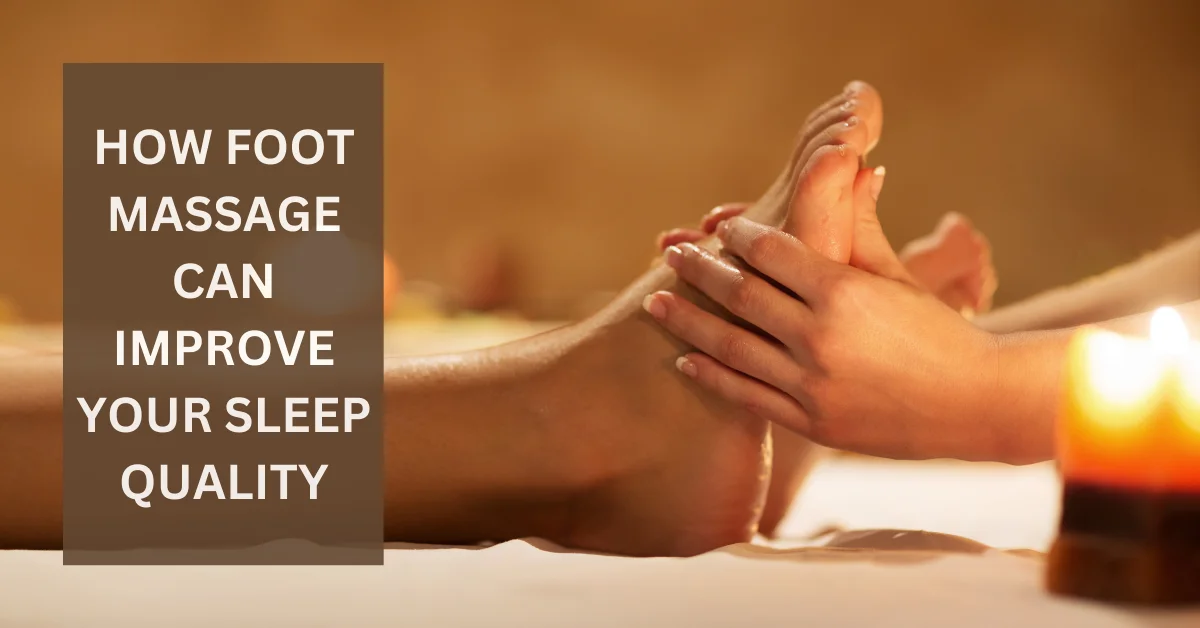Wellness in a Sustainable World: How Environmental Health Impacts Your Well-Being
Unlocking the Power of Compound Exercises: Building Strength and Stamina
In a world that's constantly evolving, the science of fitness is no exception. Among the many techniques and workout routines available, compound exercises stand tall as a time-tested approach to achieving strength, stamina, and overall fitness. Whether you're a fitness enthusiast or a newbie at the gym, understanding the concept
Rowing and Cycling Combined: The Science Behind the OTO Row Bike’s Dual Workout Impact
In the realm of fitness, innovation is a driving force that propels us toward more effective and engaging workouts. The OTO Row Bike, a revolutionary piece of fitness equipment, has taken the fitness world by storm by combining the best aspects of rowing and cycling into a single workout routine.
Let's
Stay Fit, Rain or Shine: The Necessity of Treadmills for Indoor Exercise
Are you tired of missing your daily run due to bad weather conditions? Do you find it challenging to maintain a consistent exercise routine because of external factors? Look no further! In this article, we will explore the necessity of treadmills for indoor exercise.
Whether it's raining cats and dogs outside
Foot Massage for Improved Sleep: Enhancing Your Restful Nights
In today's fast-paced world, getting a good night's sleep has become a luxury. Stress, anxiety, and various health issues often contribute to restless nights, leaving us feeling drained and fatigued the next day. However, there's a natural and effective solution to promote better sleep: foot massage. A soothing foot massage
Foot Massage for Stress Relief: A Natural Pathway to Relaxation
In our fast-paced and demanding lives, stress has become an unwelcome companion. It affects our physical and mental well-being, making it crucial to find effective ways to manage and alleviate stress. One such method that has been used for centuries is foot massage. Foot massage offers not only relaxation but
Why Foot Massage Should Be a Regular Part of Your Self-Care Routine
Taking care of ourselves is essential to maintain physical, mental, and emotional well-being. While many self-care practices focus on the face, body, and mind, it's important not to neglect our feet.
In this article, we'll explore the benefits of foot massage and why it should be a regular part of your
5 Benefits of Foot Massage
Foot massage has become increasingly popular in recent years, and for good reason. Beyond its well-known relaxation benefits, foot massage offers a plethora of advantages that extend far beyond mere stress relief. In this article, we will delve into the world of foot massage and explore the many benefits it
How Foot Massage Can Improve Your Sleep Quality
Sleep is one of the most essential functions of the human body, yet many of us struggle to get enough of it. In fact, according to the Centers for Disease Control and Prevention (CDC), around one-third of adults in the United States report not getting enough sleep on a regular
Staying Fit and Healthy during Eid ul Fitr: Tips for a Balanced Celebration
Eid ul Fitr, one of the most significant Muslim festivals, marks the end of the holy month of Ramadan. It's a time of celebration, gratitude, and joy as Muslims worldwide come together to celebrate with family, friends, and loved ones.
However, as we immerse ourselves in the festivities and indulge in
Product has been added to your cart

